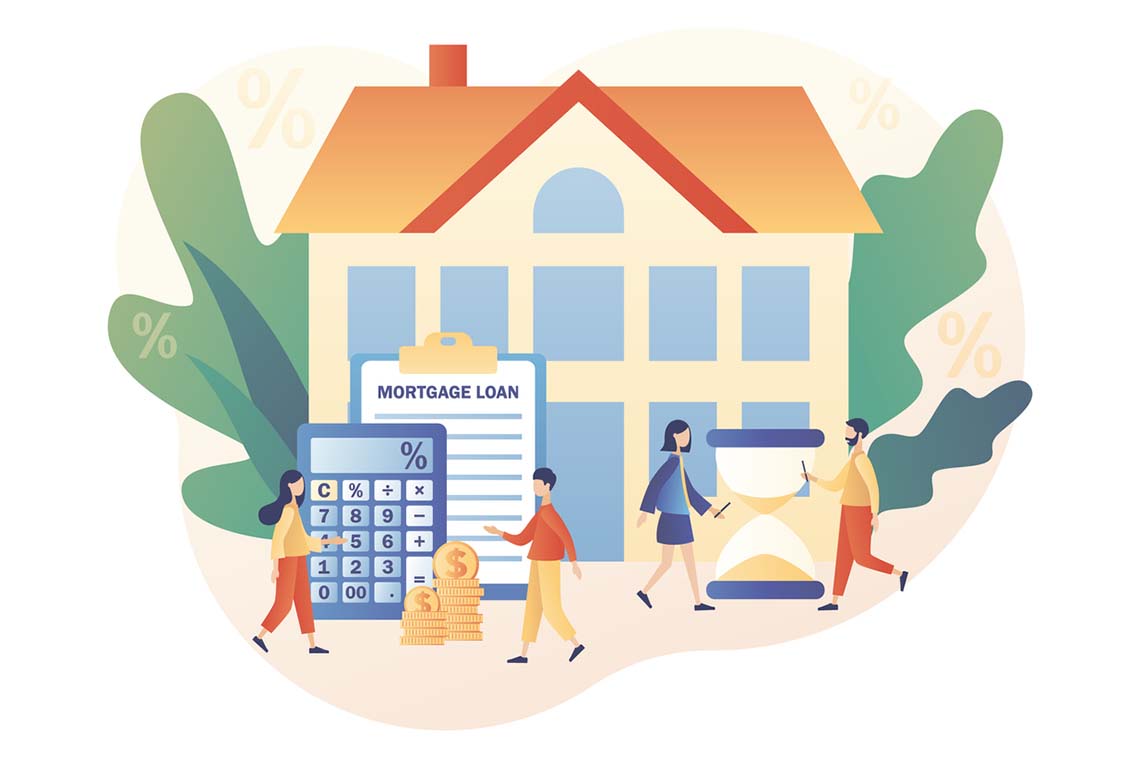Today, we delve into a crucial topic affecting both tenants and property owners alike: the recent proposal by the U.S. Department of Housing and Urban Development (HUD) to amend the calculation of Section 8 income limits. This proposal, announced in January 2024, brings significant changes that could reshape the landscape of affordable housing, particularly for properties participating in the Low-Income Housing Tax Credit (LIHTC) program. Let's explore these changes and their potential implications together.
The HUD's Proposal
In January 2024, the Department of Housing and Urban Development put forth a proposal to change the way it determines annual income limits for the Section 8 housing assistance program. Section 8 income limits are important because they directly impact rent levels for many affordable rental properties, including those supported by the Low-Income Housing Tax Credit (LIHTC) program.
Under the current system, HUD calculated yearly changes to the income limits based on the higher of 5% or twice the percentage change in the national median family income. However, critics argued this approach allowed rents to potentially rise much faster than tenants' incomes in periods of high inflation.

To address this concern, HUD's proposed rule aims to introduce more stability and fairness. It stipulates that from now on, the annual increase to Section 8 income limits cannot exceed 10% regardless of other economic indicators. This additional ceiling effectively caps yearly rent growth for LIHTC properties at 10% as well.
By limiting sudden spikes and ensuring rents do not far outpace resident incomes, HUD hopes the new methodology will help more low-income families afford their housing. However, some industry groups argue it may suppress development and negatively impact property owners facing rapidly rising operating costs. The proposal was open for public comment and could be amended before final implementation.
Related: What Happens If You Don't Report Income To Section 8?
Implications for LIHTC Properties
The proposed changes to how HUD calculates annual Section 8 income limits would have major implications for Low Income Housing Tax Credit (LIHTC) properties. As the article notes, LIHTC is the most widely used federal program for developing affordable rental housing, and these properties directly tie their rent levels to the Section 8 income thresholds.

By capping income limit increases at 10% maximum per year, this proposal indirectly imposes the same 10% ceiling on annual rent growth for LIHTC properties going forward. On one hand, this aims to ensure rents do not vastly outpace tenants' ability to pay, especially during inflationary periods. However, it may negatively impact property owners if operating costs like taxes, insurance and utilities rise faster than the capped 10% threshold allows for rent adjustments.
There are concerns this could suppress future LIHTC development and redevelopment if inadequate rent increases threaten the financial feasibility of these projects. At the same time, it aims to foster stable housing costs for low-income renters. Only time will tell how this balancing act plays out between developers, owners, and residents under the proposed change.
Shift in Income Estimation Method
In addition to capping annual income limit increases, HUD's proposal also changes the methodology for estimating national median family income levels each year. Previously, HUD adjusted Census Bureau data on income to account for inflation between the data collection period and when the income limits take effect.
Now, rather than inflating older numbers, HUD intends to directly use income data from the American Community Survey (ACS) administered by the Census Bureau. However, there is a fundamental issue with this approach. Due to delays in collecting and processing the extensive ACS information, the most current data available at the time HUD sets income limits ends up being around two years old.
By basing calculations on two-year-old income data without adjusting for inflation over that time period, there are plausible concerns this method may fail to accurately reflect economic realities families are facing in the present. For example, if the ACS caught a year with higher than average inflation followed by an additional year of elevated price growth, the income estimates used could badly lag behind the actual costs of living current renters are dealing with.
This disconnect raises the likelihood that some families may encounter unexpected hardship and find themselves temporarily ineligible for Section 8 assistance despite their real current wages. While the new method aims to simplify determination, the lag in ACS data introduces risks during periods with changing inflation. Mitigation may be needed to properly safeguard low-income tenants.
Related: Are Section 8 Vouchers Welcome In Fancy Apartments?
Impact on Renters and Property Owners
HUD's proposal to cap annual income limit and subsequent rent increases at 10% would impact both renters and property owners in significant ways. On one hand, the rule aims to help renters whose incomes rise moderately by keeping their housing costs from drastically increasing each year. However, for those tenants seeing wages climb above 10%, the new threshold may cause unexpected issues.
As their earnings surpass eligibility guidelines sooner under this standard, some families may lose access to subsidized rental assistance even if unaffordable rent burdens result. This could strain household budgets, defeat affordability goals, and potentially lead to evictions or homelessness in severe cases.

Meanwhile, the 10% ceiling places property owners in a tough position. Naturally, the operating expenses of multifamily communities are also subject to inflation and change over time. Mandating rent hikes below escalating cost levels threatens the financial viability of affordable housing properties.
Lower allowable rental increases may not cover rising insurance, taxes, utilities, maintenance, and more. This forces owners to either absorb losses, pass excessive burdens to remaining tenants, cut critical building upgrades, or exit the affordable space entirely. Each option undermines the long-term sustainment of the LIHTC and Section 8 stock.
With these counteracting perspectives, maintaining the careful equilibrium between costs for owners and affordability for renters becomes quite challenging under stricter limits. The rule requires sensitive implementation and monitoring to avoid severe repercussions for either group.
Industry Response and Concerns
During the public comment period, various multifamily industry groups voiced their opposition to the proposed rule change. They argue that it could suppress or even jeopardize the LIHTC program, which plays a vital role in providing affordable housing options across the nation. These concerns highlight the need for thorough consideration and dialogue to address potential unintended consequences.
Timeline and Potential Impact
If finalized, the proposed rule would take effect in 2024, fundamentally altering how rents can be increased at LIHTC properties compared to tenants' income growth. While it aims to assist those with income growth below 10%, it may inadvertently disadvantage others, underscoring the complexity of balancing competing interests in the realm of affordable housing policy.
Conclusion
As we navigate these proposed changes, it's essential to approach them with compassion and collaboration. Affordable housing is not just a policy issue; it's a matter of human dignity and social equity. By engaging in constructive dialogue and seeking solutions that uphold the interests of both tenants and property owners, we can work towards a future where everyone has access to safe, stable, and affordable housing.
HUD's proposed rule changes regarding Section 8 income limits signify a pivotal moment in the ongoing pursuit of housing justice. While they aim to foster stability and equity, they also pose challenges that warrant careful consideration and thoughtful action. Let us embrace this opportunity to come together as a community, united in our commitment to ensuring that every individual and family has a place to call home.





